Move over Green comet! A ‘brighter’ new comet to visit Earth, outshine stars in the sky
Comet C/2023 A3 (Tsuchinshan–ATLAS) could be headed to the Earth in 2024 and there is a possibility that it could be even brighter than the recently seen green comet. Check details.
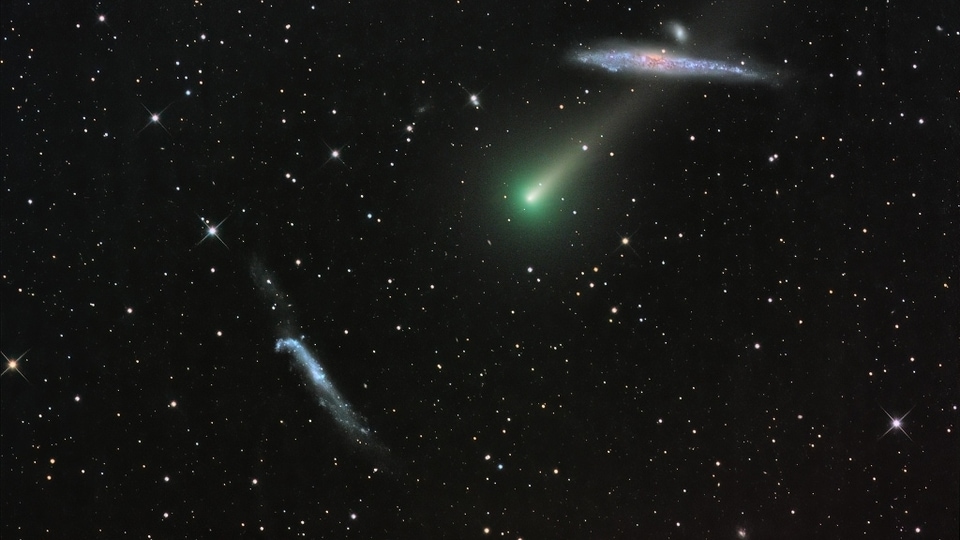
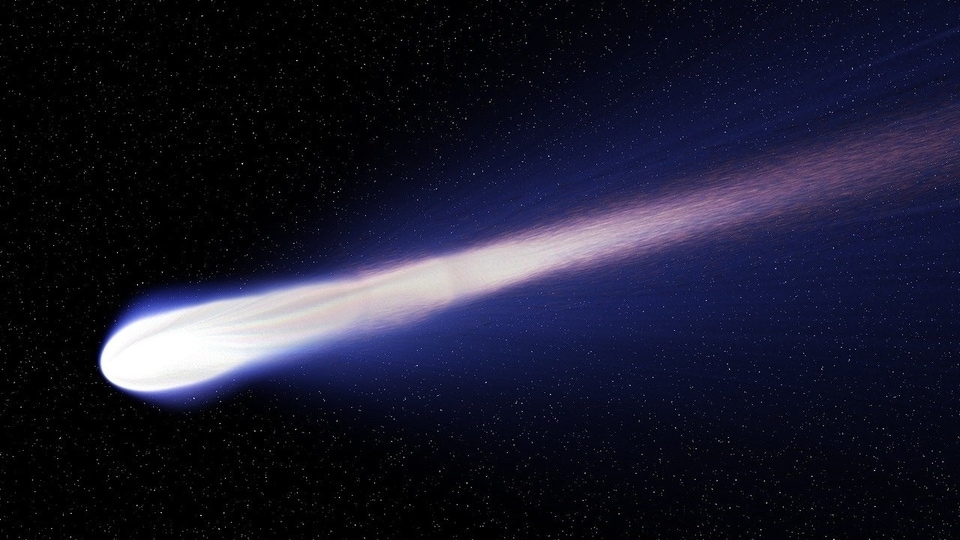
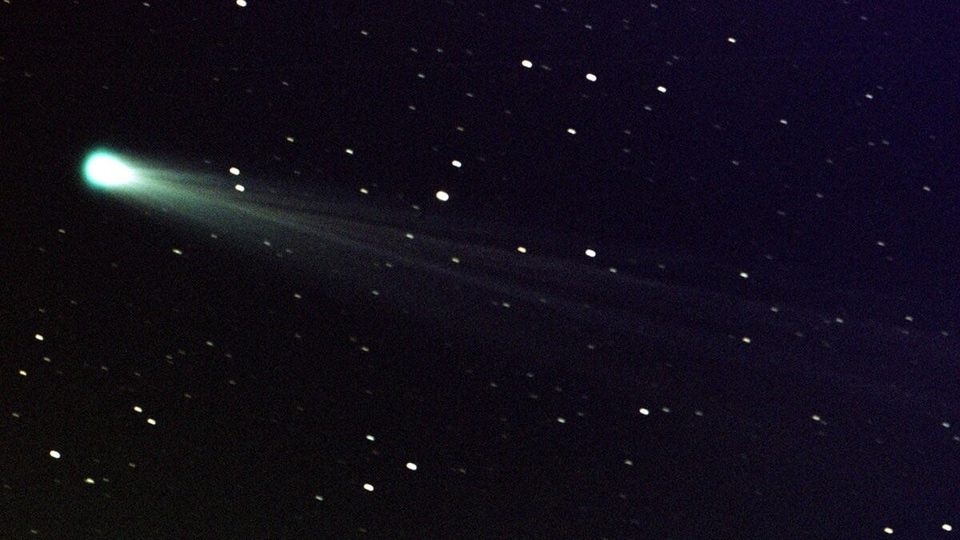
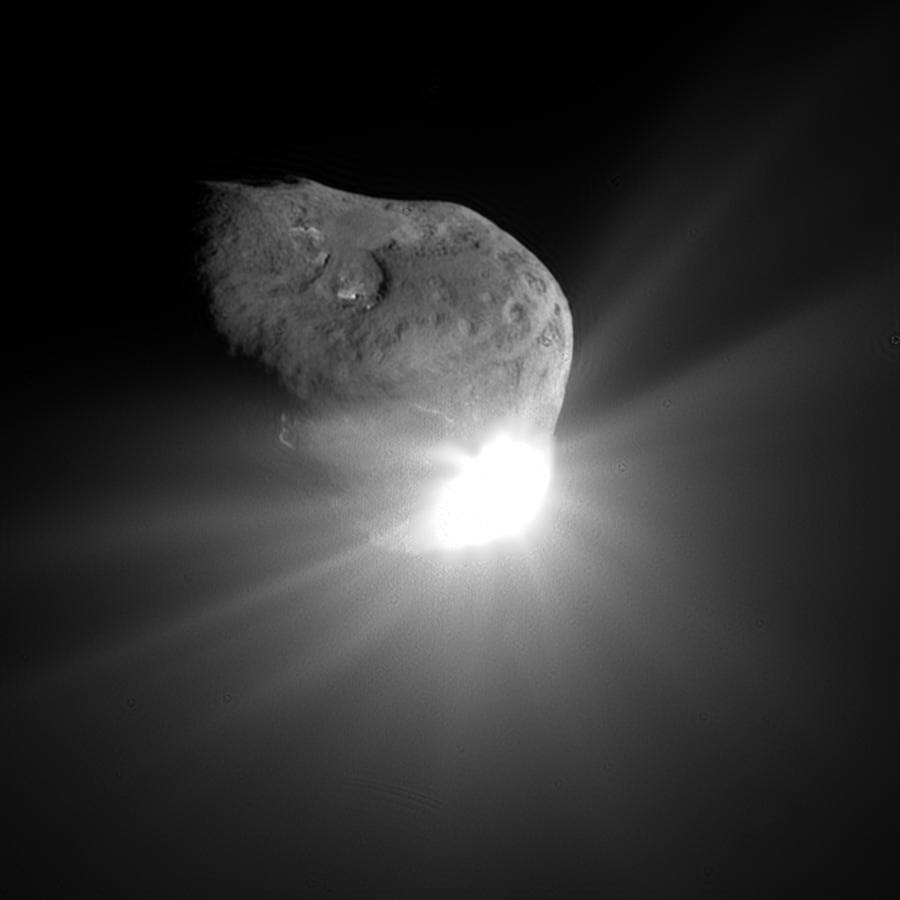
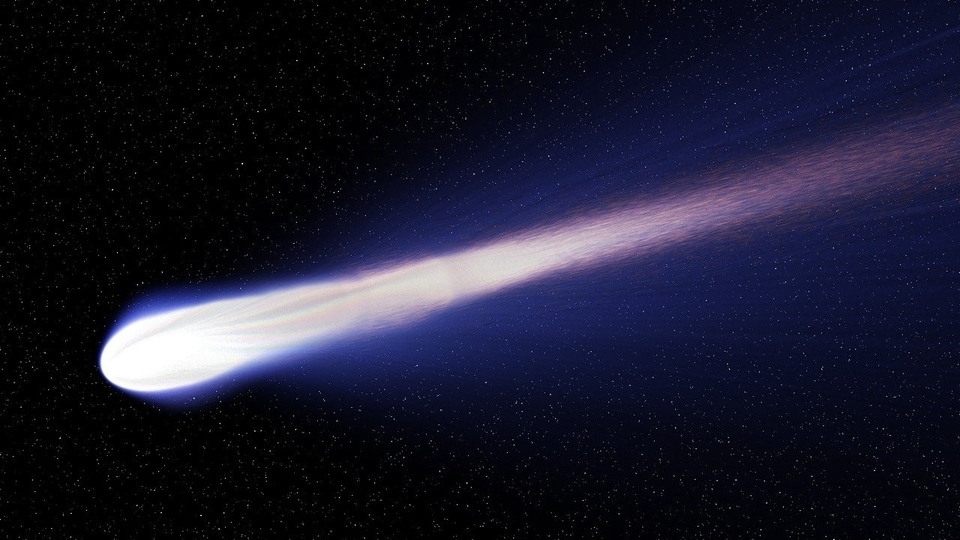
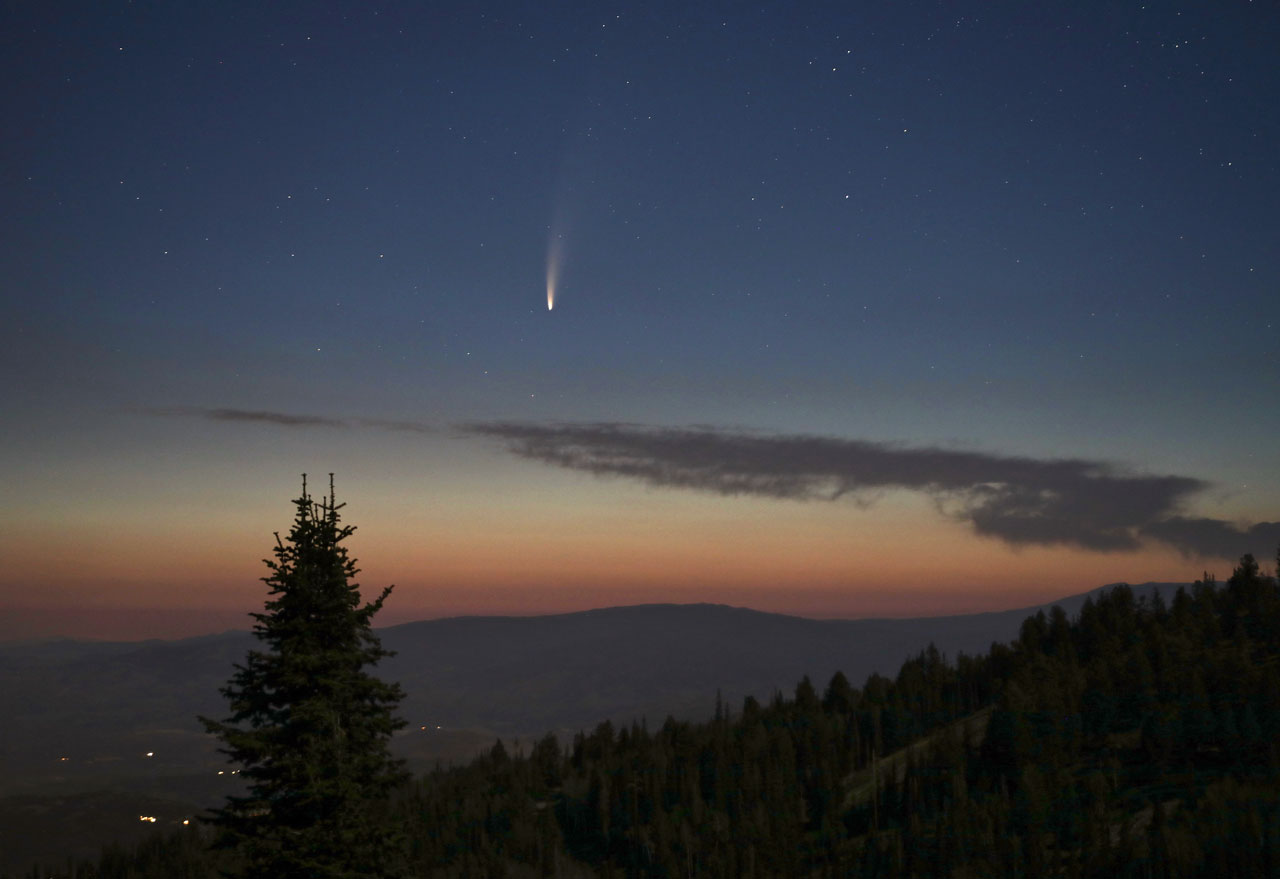

 View all Images
View all ImagesOn February 1, the world witnessed the passing of the Comet C/2022 E3 (ZTF), popularly known as the green comet due to its unusual hue. The comet visited the Earth after a period of 50,000 years and illuminated the night sky as it passed. But now, a bigger and brighter comet is headed our way and if early predictions are to be believed, it will be brighter than the green comet as well. The comet is named C/2023 A3 (Tsuchinshan–ATLAS) and interestingly, it was mistaken as an asteroid first. Check the details.
The comet was discovered by the Asteroid Terrestrial-impact Last Alert System (ATLAS), which is situated in South Africa. The comet was first spotted on February 22 when it showed up on ATLAS, an early warning system developed for detecting near-Earth asteroids. Feared to be an asteroid first, it was later determined to be the same object which was earlier photographed by the Purple Mountain Observatory (Tsuchinshan) in Nanjing, China. This is why the comet was named C/2023 A3 (Tsuchinshan–ATLAS).
New comet to arrive in 2024
Upon its first observation, the comet had an ‘exceedingly faint' luminosity and was located 680 million miles away from the Sun, as a report by Space.com indicated. However, it was determined that at its perihelion, it would be placed in the orbit of Mercury at a distance of 36 million miles from the Sun. This change in solar distance can increase the comet's luminosity by 17 magnitudes. And lucky for us, it will come closest to the Earth just two weeks after the perihelion.
If it retains its brightness, then between October 12 and October 19, 2024, the comet will put up a stellar display in the night sky as it shines brighter than any recent comets. It would be visible in the west-southwest evening sky up to 3 hours after sunset and will shine brighter than the stars. The low altitude and full Moon on October 17 can affect the visibility on that day somewhat.
However, there is also a flip side to the coin. This is a new comet coming from the Oort cloud. This would mean that it has never come close to the Sun before and that's not good. It could be possible that the excessive brightness of the comet at present, upon which the entire model is based, is a false positive. Coming from the Oort clouds with very less heat, the comet might have a lot of volatile gasses frozen in layers. As it is moving close to the Sun, all those gasses are burning up giving off the brightness. However, if that's the case, then this brightness of the comet would be short lived and we will not get to see the comet passing the Earth with the unaided eyes.
For now, we can only hope that the latter is not true for the comet.
Catch all the Latest Tech News, Mobile News, Laptop News, Gaming news, Wearables News , How To News, also keep up with us on Whatsapp channel,Twitter, Facebook, Google News, and Instagram. For our latest videos, subscribe to our YouTube channel.


























